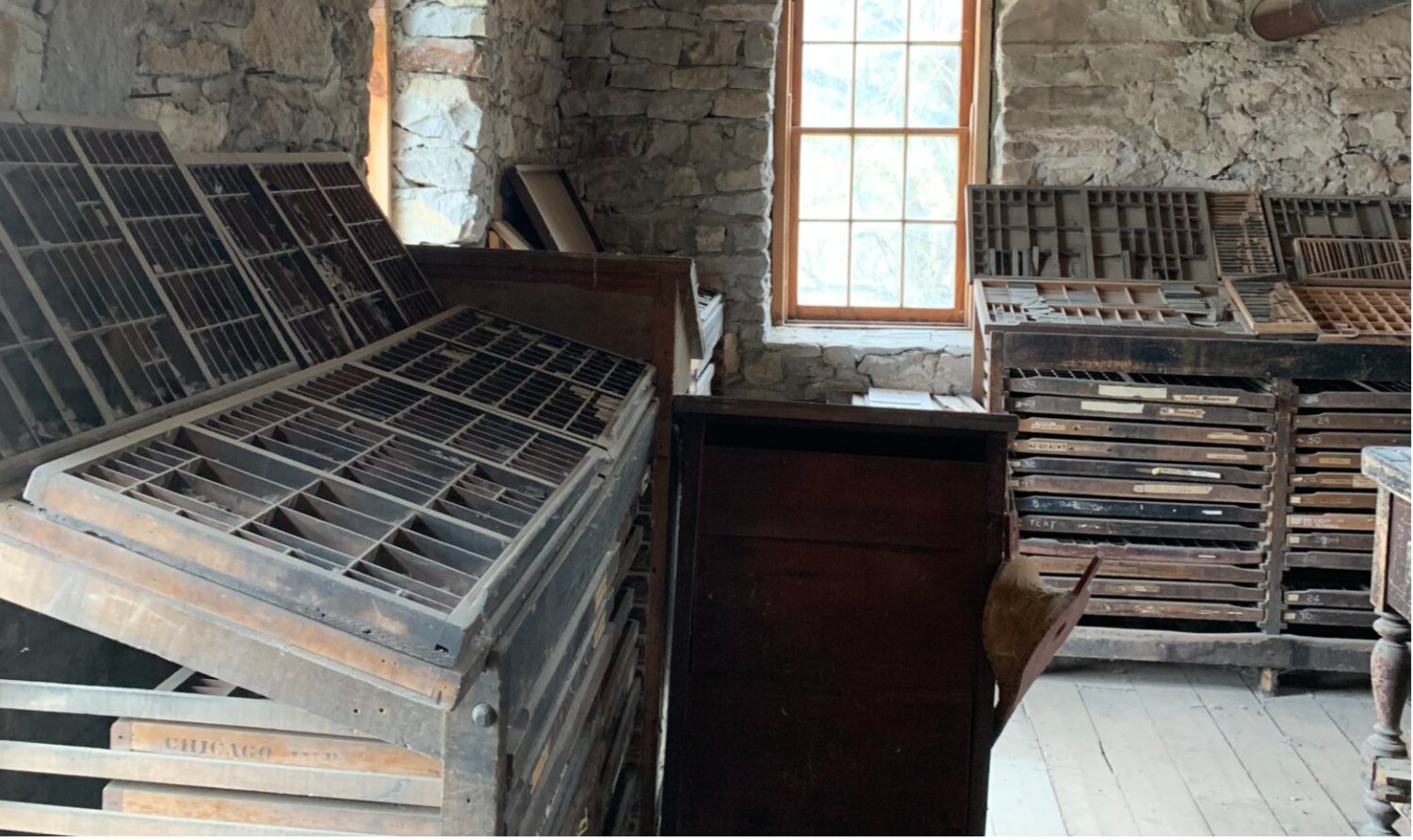
Re-published with consent
We need to talk.
Words that should strike fear into anyone within earshot when they’re uttered.
And, I believe the story I’m about to tell really belongs to others to share, but in their silence, I will attempt to describe exactly what the hell is going on with your local newspaper.
Forgive me, but I get asked this question nearly constantly, even though come February, it will be three years since I last drew a paycheck from a corporate-owned newspaper publisher. And during those three years, much has changed, but almost all of those changes have continued to make local community papers, once bedrock institutions, more a shell and a concept than what they resembled just a few years back.
If you read no other part of this column, please consider this: The people still employed by large newspaper corporations throughout Montana, which can be defined as pretty much any daily paper, are some of the hardest working, dedicated individuals you’d ever meet. And Montana should be proud of the people that still work there. They are truly working night and day as they try to catch a tidal wave of news in a small glass.
As newspaper expatriates try to explain what’s happened, much of the focus should be on the advertising model, which is the economic engine of any media, print or otherwise. Large tech companies like Google or Facebook now take 90 cents on every advertising dollar. An increasing amount of money is being spent on advertising, but that money doesn’t go to your local television, radio or newspapers, instead it goes to these “new” media.
Meanwhile, newspapers, and other media companies in commercial television and radio, were largely part of a consolidation where large corporations bought more and more media with more credit, which has resulted in a mountain of debt that’s still being paid off in an environment that looks radically different than when the purchases were made.
That’s the answer to the question: What happened?
Maybe the better question is: OK, so why haven’t we heard about it?
That? Well, that takes some explaining.
And, if you’re going to be irritated or upset at the corporations that own your local media, don’t blame them for making purchases and consolidating; those moves were celebrated by bankers and businesspeople who couldn’t see the “Great Recession” coming or the rise of social media behemoths.
If you want to be perturbed at the leaders of commercial media, be irritated because they’ve done such a lousy job at explaining their challenges to the very same people who have supported them for decades — their customers, readers and audience.
Sadly, this decision is not accidental.
Media owners have leveraged one of the tenants of journalism against their own staff. Journalists are taught repeatedly that the story – whatever they’re covering – is not about them. The story is always outside of the newsroom and the audience doesn’t care who is writing it, or from which media company it’s coming, rather the information is the most important. Decades of being told that the story is never about journalists or journalism has given publishers and corporate owners just enough leverage to remain silent on what is going on within the company.
The irony, of course, is that the same people who communities have relied on for decades – and in some cases, more than a century – have been silent or muted when it comes to sharing their own stories. They have been muzzled when it comes to describing the changes that have taken place within the industry, even though there hardly is a job out there — newspaper or otherwise — that hasn’t radically transformed since the advent of the internet age.
As more jobs were eliminated as a result of layoffs, fewer people were around to tell what was happening inside the building. It got even worse when, as in the case of many Montana papers, they’ve closed the offices so that customers couldn’t even get in the building because there were no more staff left to sit at a front desk. Most of the iconic, anchor-type locations have been sold for smaller, less costly buildings that have fewer square feet and fewer human feet.
If the optics of an empty building are decidedly bad, then locking the doors can’t be much better.
This isn’t a kiss-and-tell expose on the state of media or newspapers. This information is documented in a number of different places, just not often told to the people who matter the most – the local readers and audience.
We’re thankful and grateful for our readers and donors who have chosen to support this new nonprofit endeavor at the Daily Montanan. Like the Montana Free Press and others, there is a new emerging model of journalism that looks different, but is beginning to take root alongside its tradition media brethren.
People couldn’t have predicted the implosion of traditional media anymore than they could have foreseen the rise of Twitter, a 240-character feed or photos and snarky comments that is now owned by one of the world’s richest men.
Don’t blame traditional media for being put under the pressure of cataclysmic change and struggling, blame those in leadership for not telling you clearly what was happening.
Darrell Ehrlick is the editor-in-chief of the Daily Montanan, after leading his native state’s largest paper, The Billings Gazette. He is an award-winning journalist, author, historian and teacher, whose career has taken him to North Dakota, Minnesota, Wisconsin, Utah, and Wyoming. With Darrell at the helm, the Gazette staff took Montana’s top newspaper award six times in seven years. Darrell's books include writing the historical chapters of “Billings Memories” Volumes I-III, and “It Happened in Minnesota.” He has taught journalism at Winona State University and Montana State University-Billings, and has served on the student publications board of the University of Wyoming.
Comments
No comments on this item Please log in to comment by clicking here